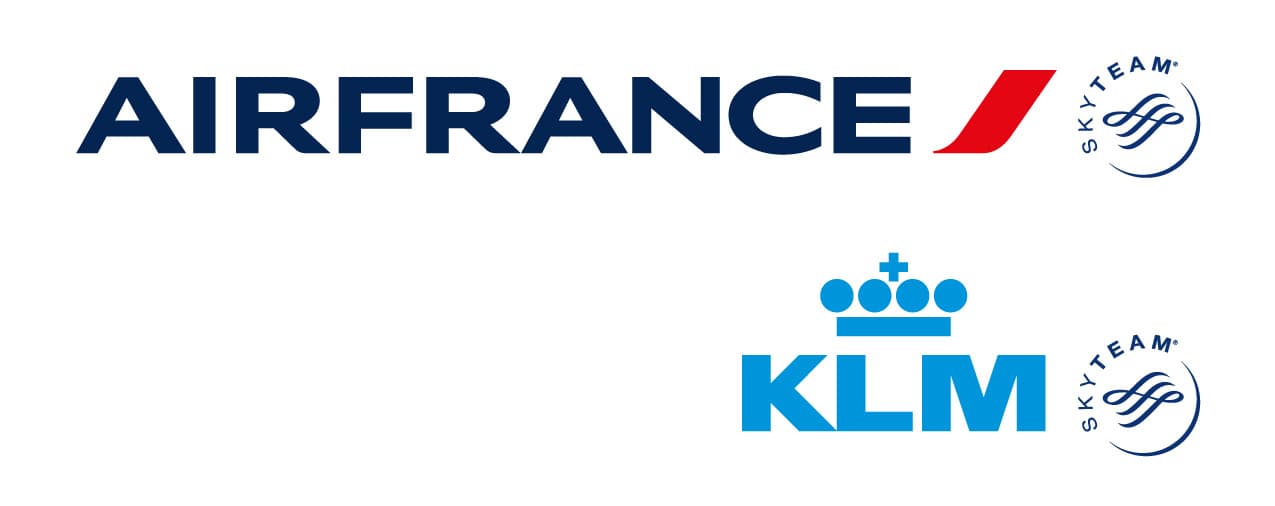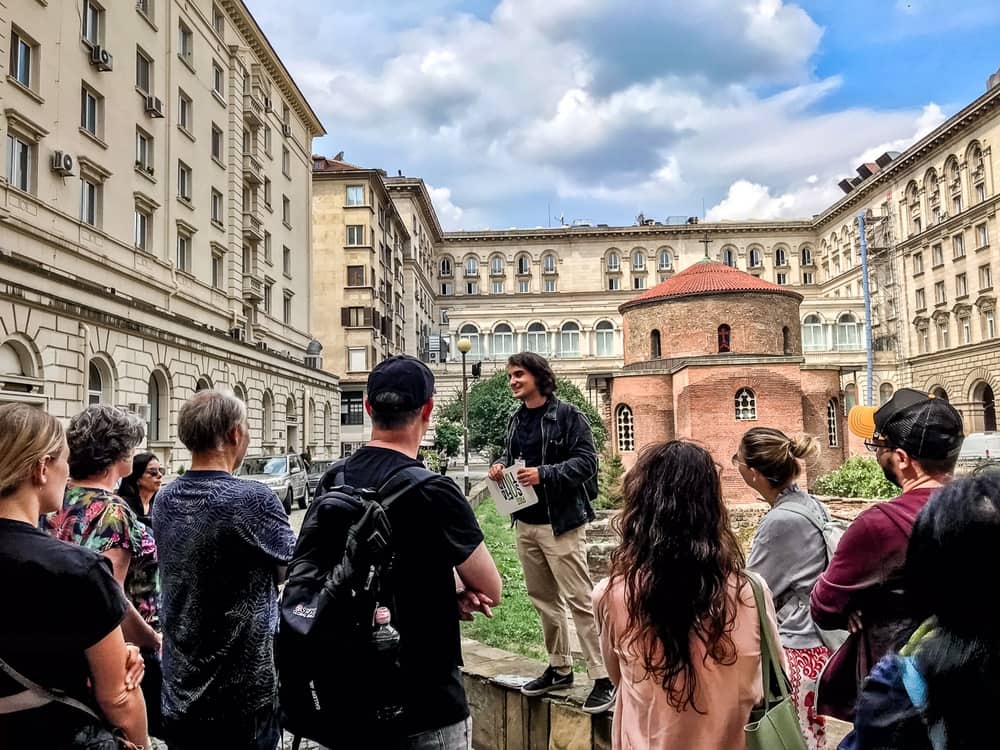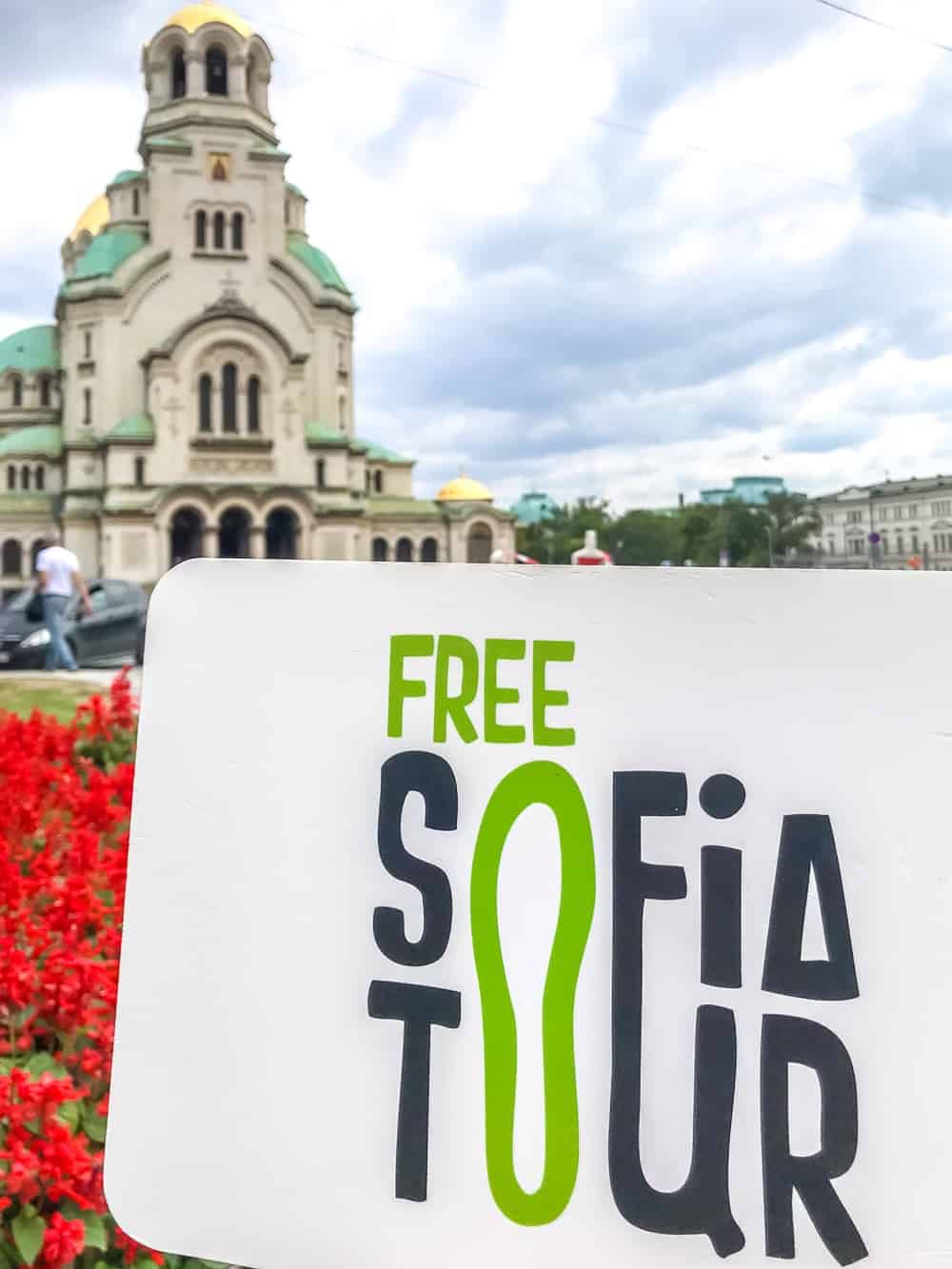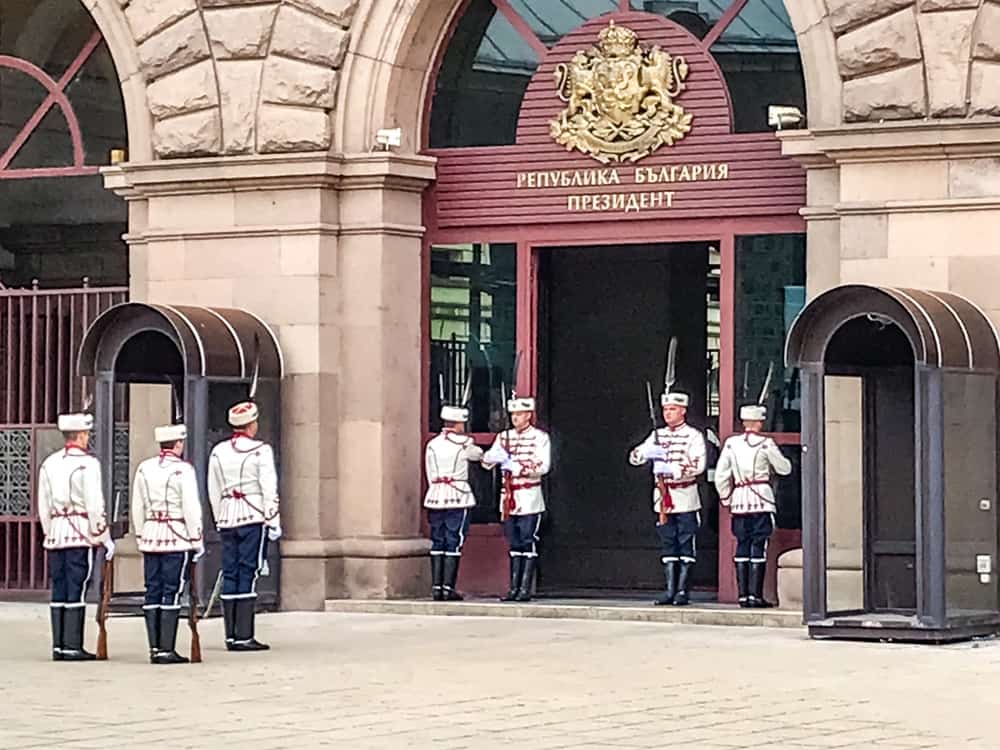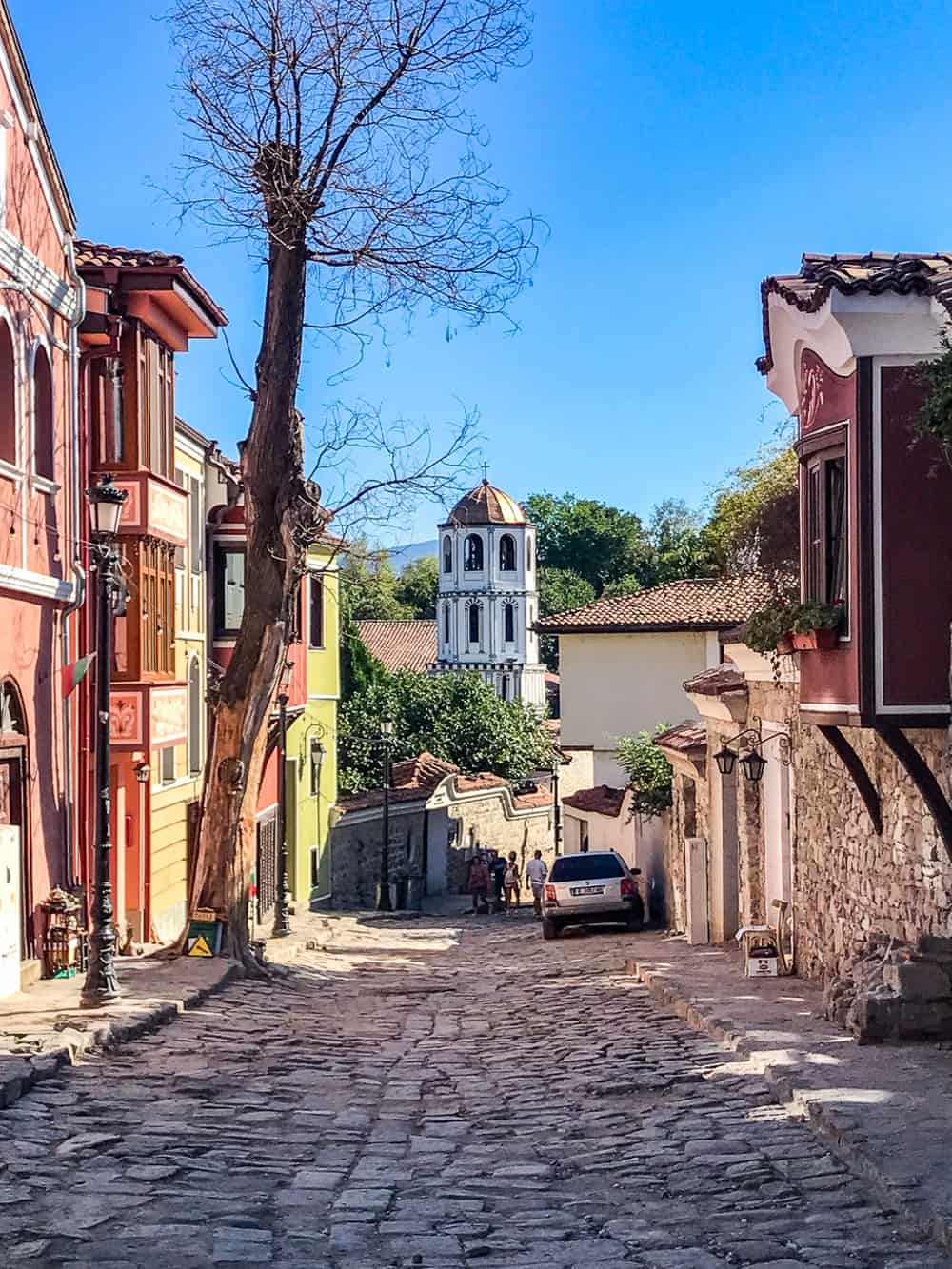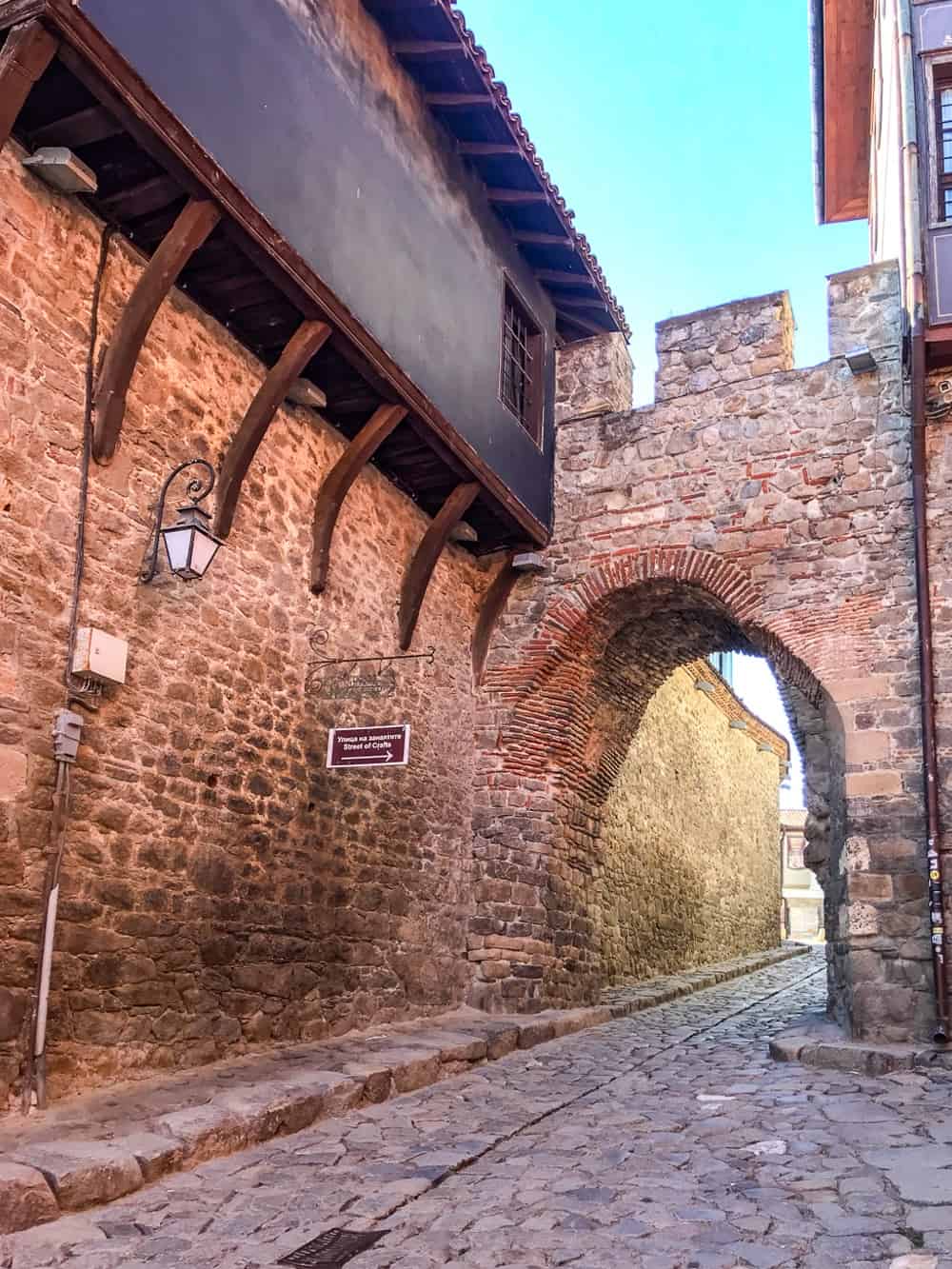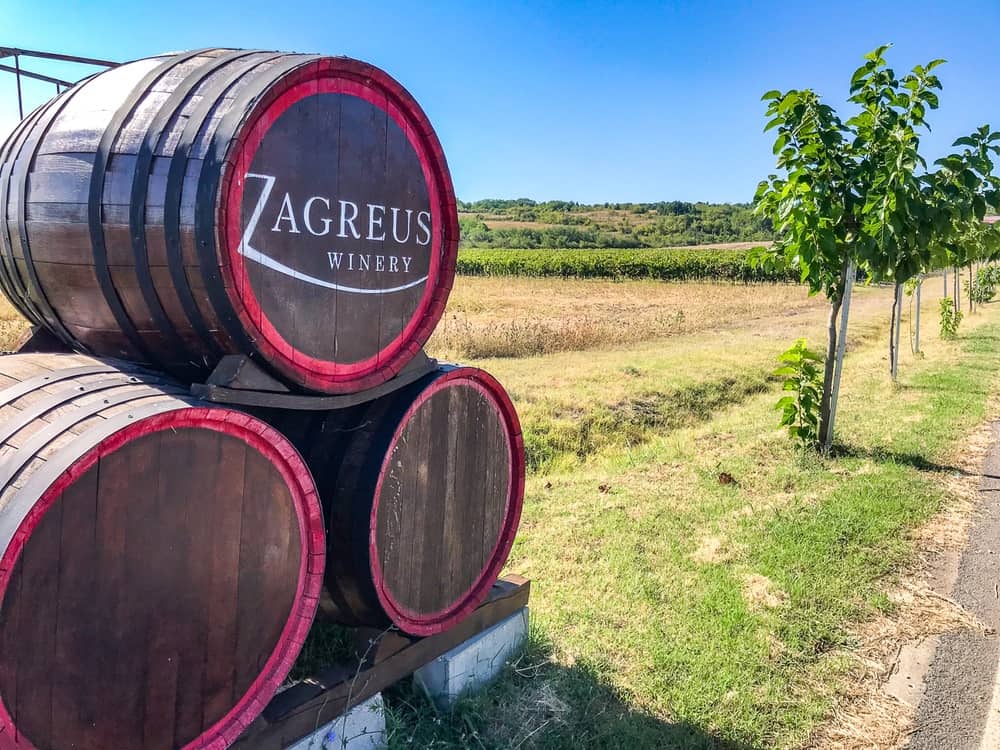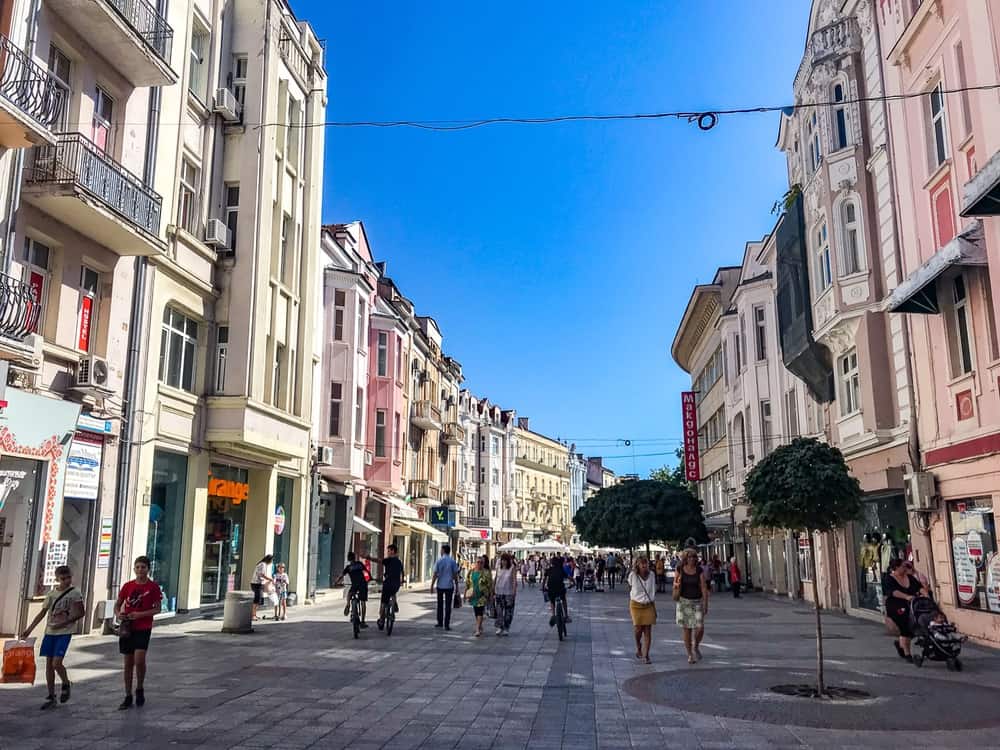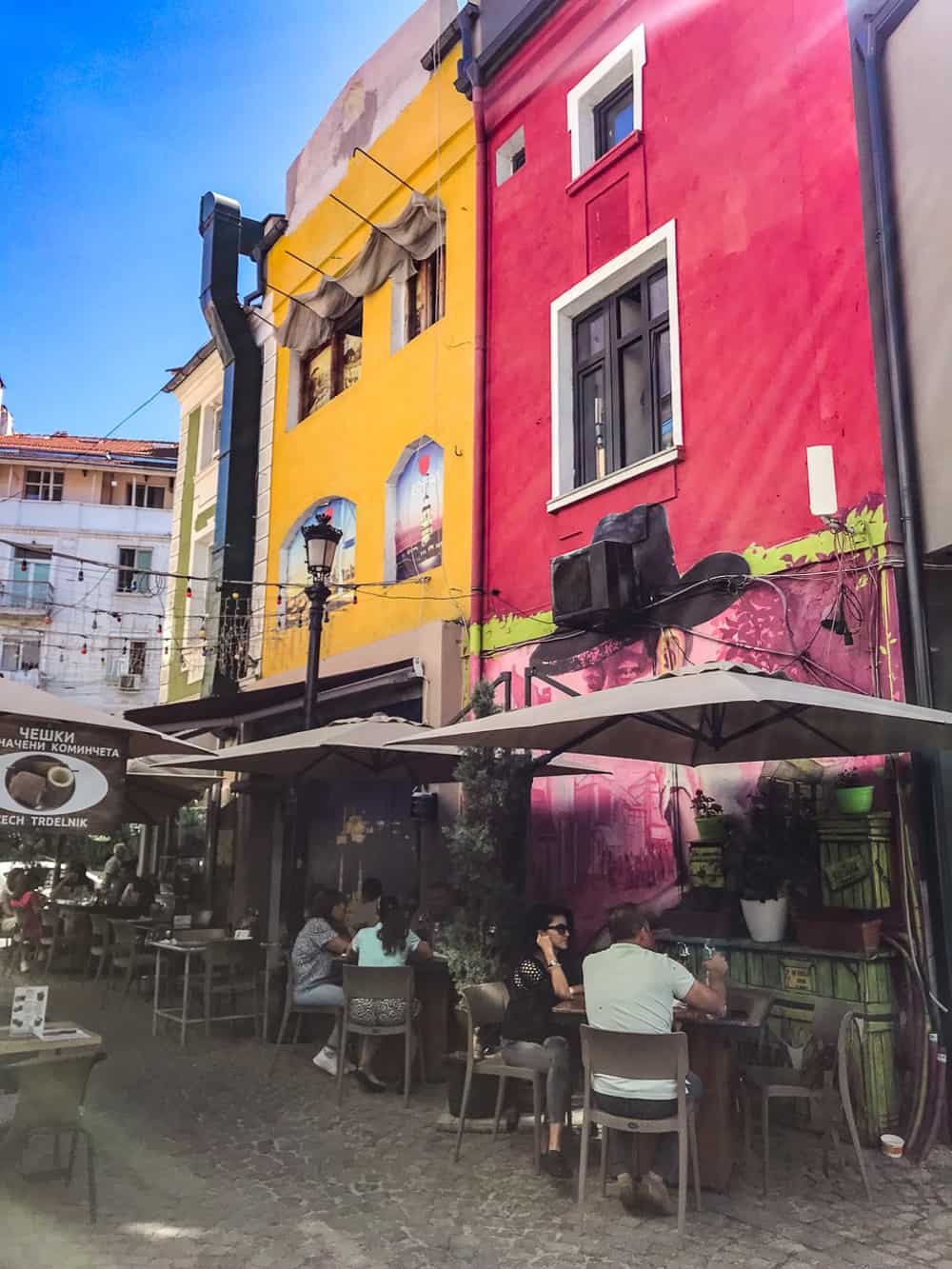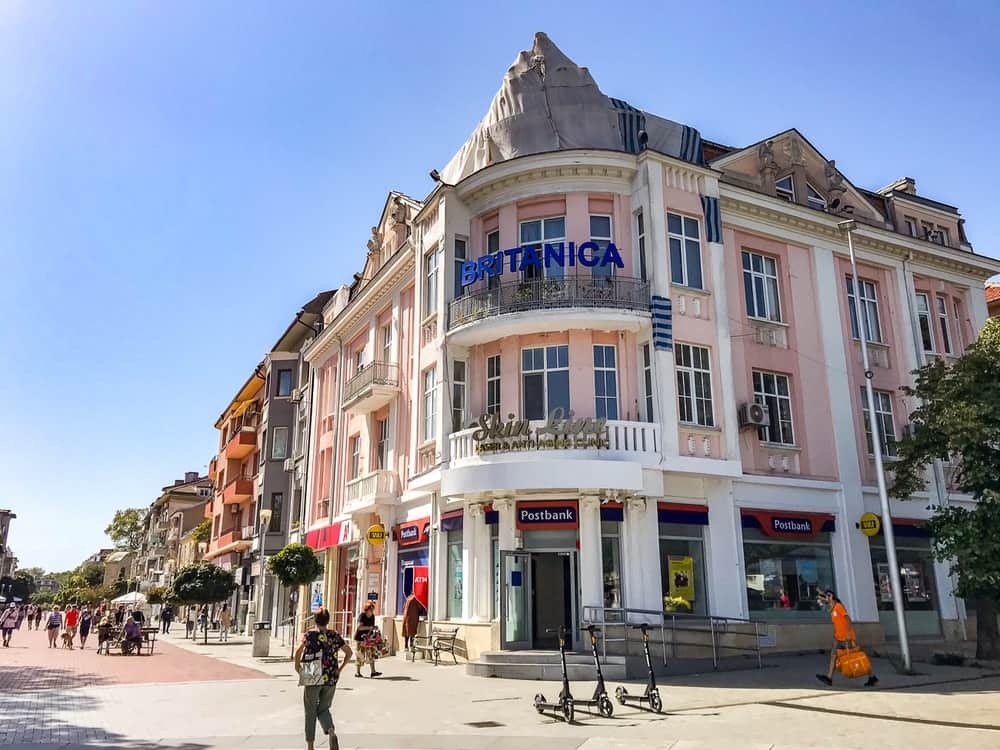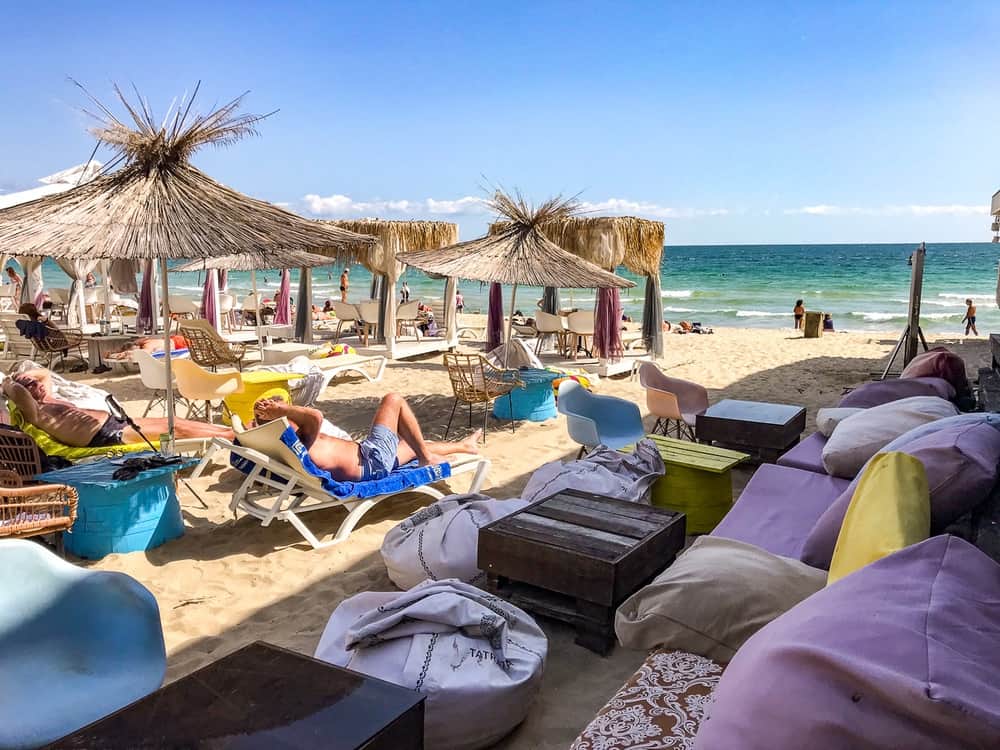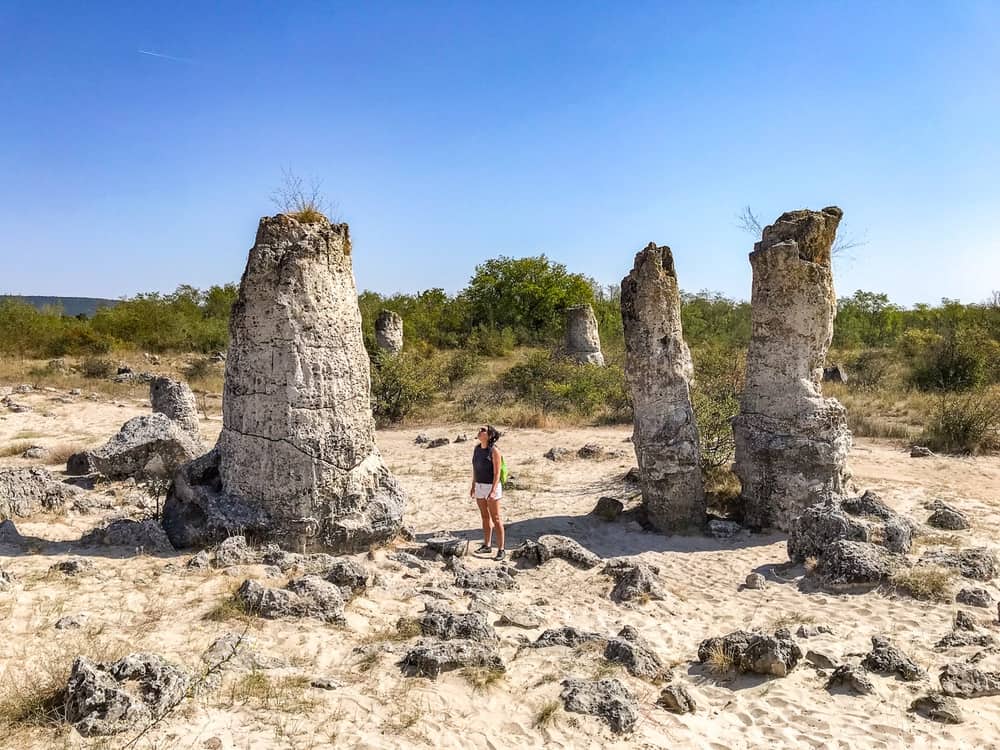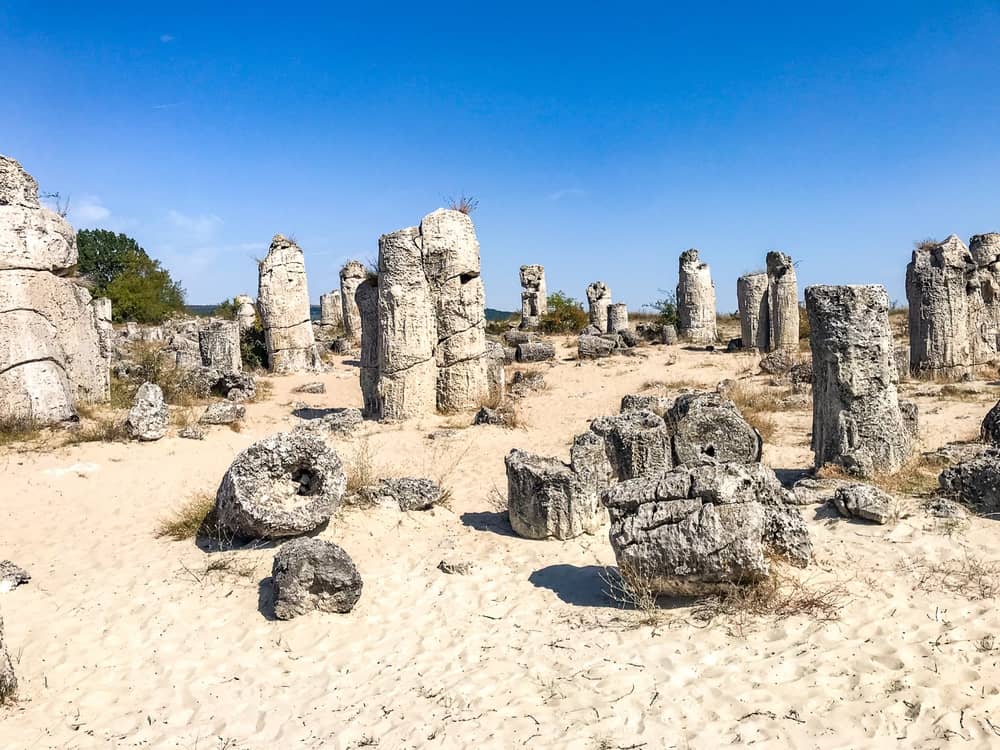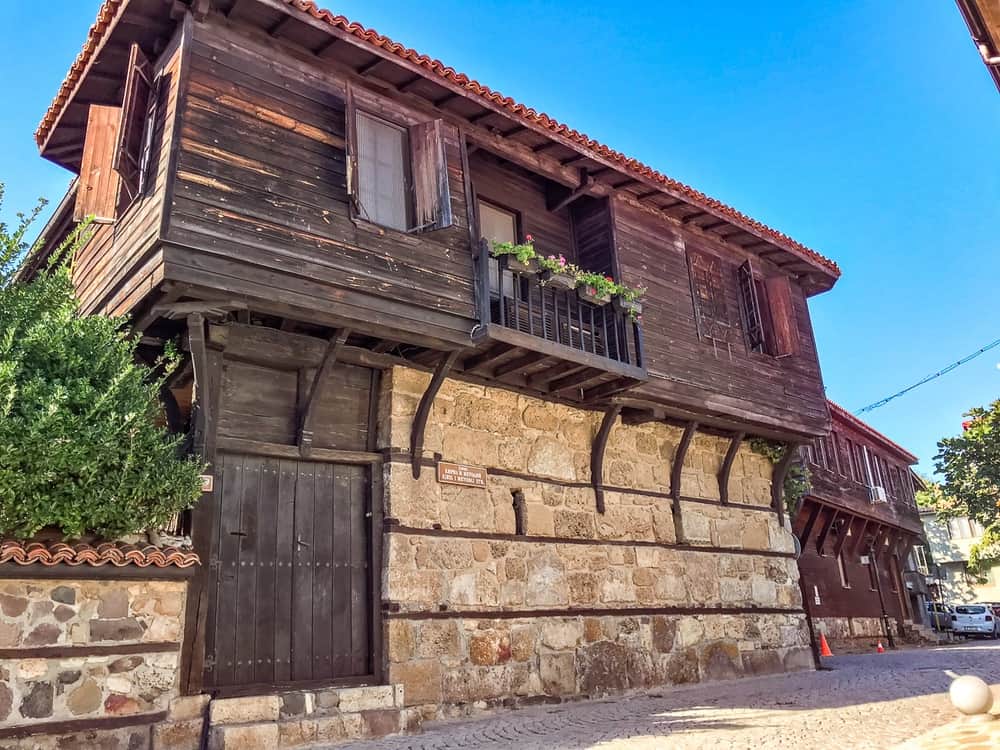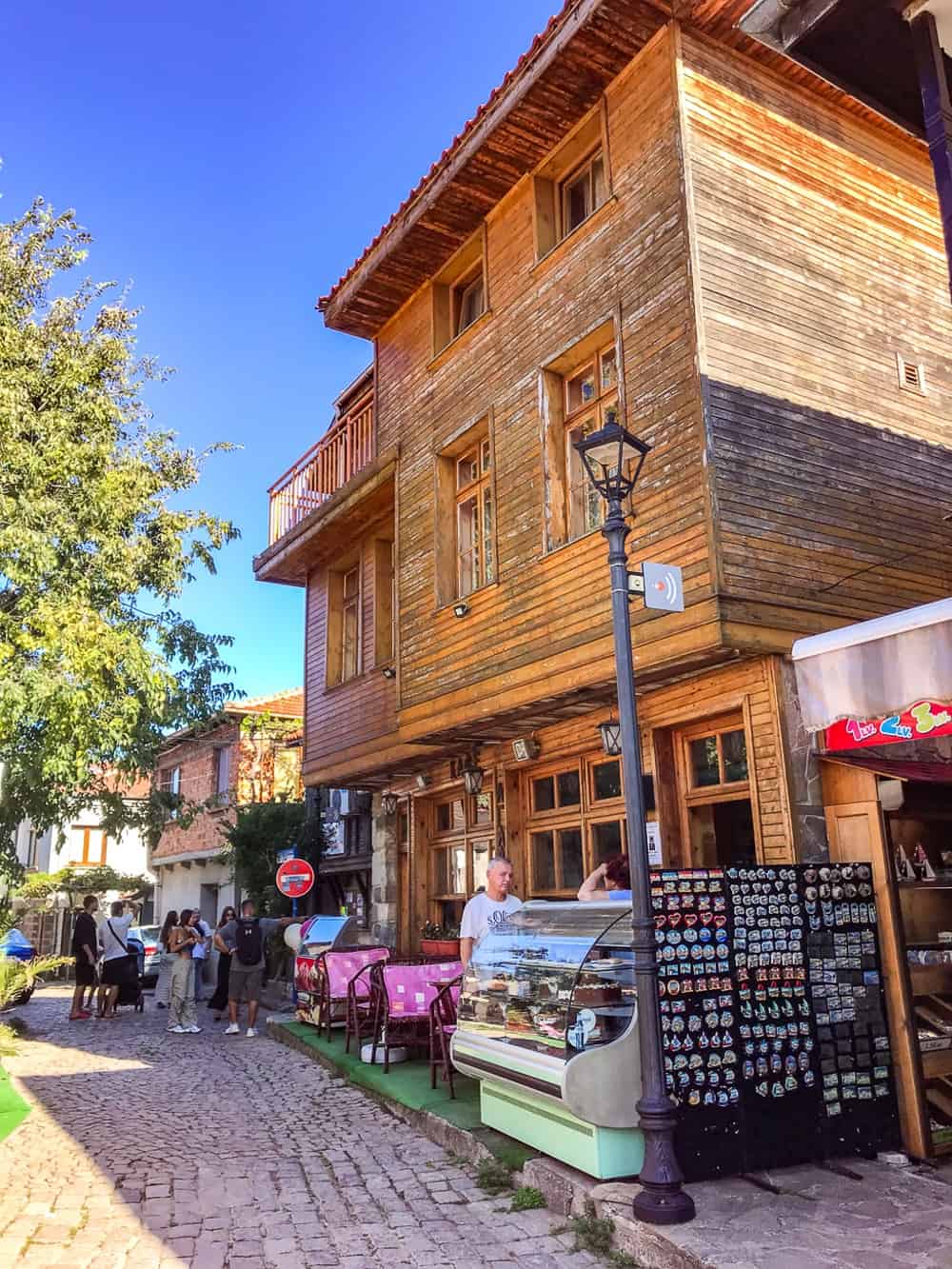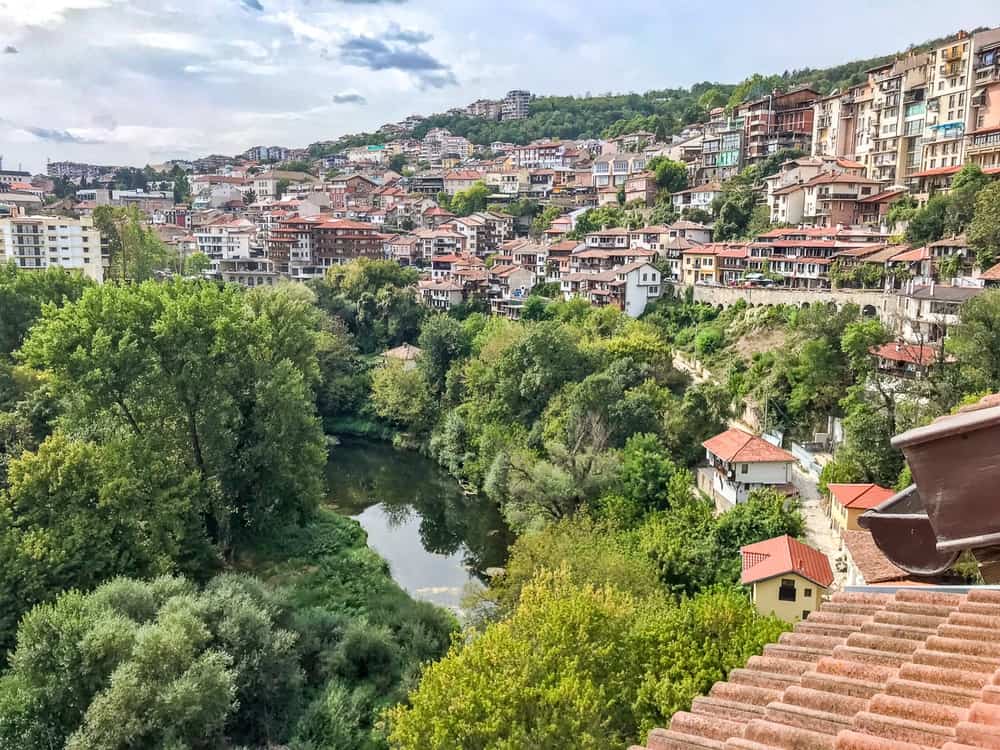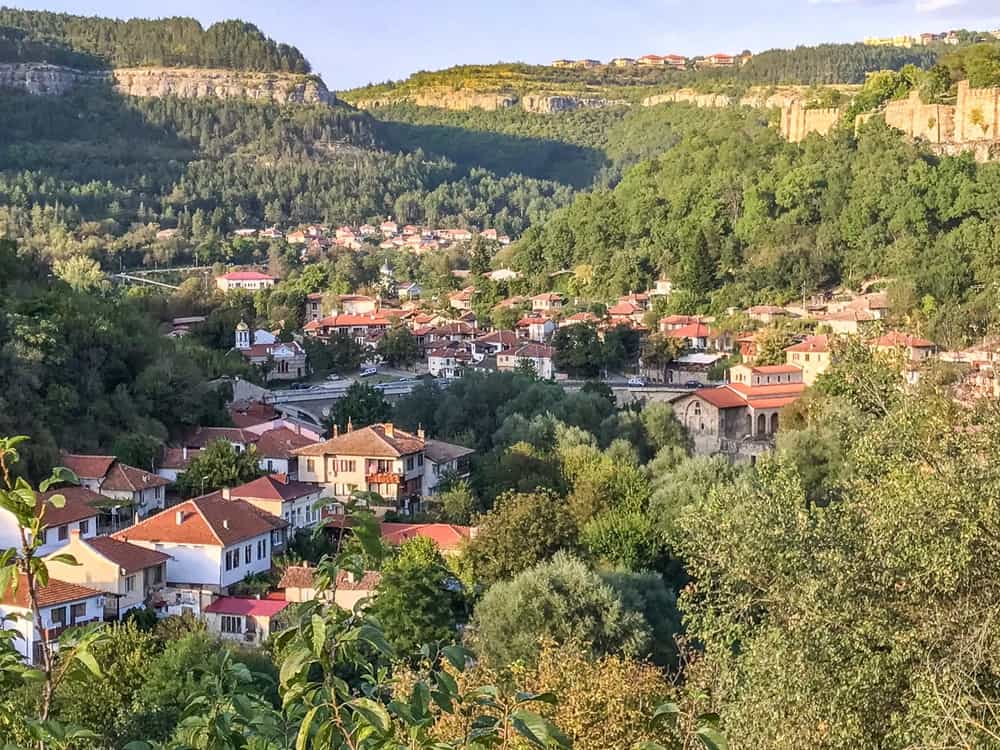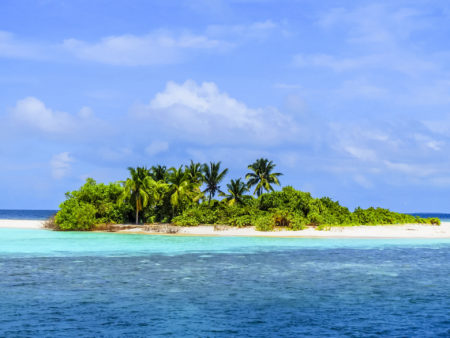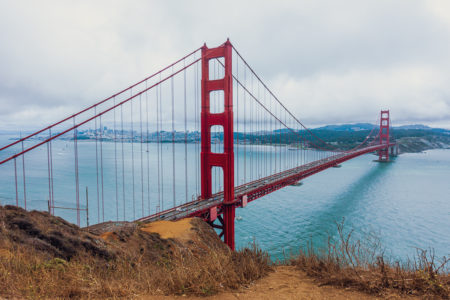Personally, I love traveling to Europe. Whether for history, architecture or gastronomy, it’s always a safe bet. This summer, I was looking for an affordable destination to spend ten days or so, and my choice fell on Bulgaria. Little known to Quebecers, it has a lot to offer. I’ll guide you through this land of mountains, seashores, ancient monasteries and picturesque villages.
Travel to Bulgaria - Get there with the stand-alone connection trick
There is no direct connection between Montreal and Sofia, the Bulgarian capital. As the destination is not very popular with Quebecers, flights are expensive and involve stopovers. When I did my research for September, I found prices around $1800 with one stopover or $1600 with multiple stopovers.
It’s always possible to use credit card points or Aeroplan points to cover the costs, but if you’re saving your points for another project or haven’t yet accumulated enough, there’s another option. I chose the trick of stand-alone connection. The trick is quite simple: you search for the cheapest ticket to Europe in a search engine and then search again from that destination to your chosen vacation destination. So we have two reservations that are not linked together.
How to do this? On the big flight comparison sites, you can enter “Europe” or “World” in the search bar. You then choose the cheapest option, which is usually Paris or London for departures from Montreal.
In my case, I found a round-trip flight to Paris for $795. From Paris, I then booked a round trip to Sofia at $250 via Munich. A total of $1,045, a nice saving considering the initial price of $1,600. What’s more, the reservations were among my eligible expenses to apply the $100 travel credit, which comes annually with my HSBC World EliteMD MastercardMD. I was therefore able to bring the cost of the ticket under the $1,000 mark.
Since we had to make a stopover anyway, we might as well choose a destination we like and decide how long we want it to be. However, you should allow plenty of time between bookings, because since they are not linked, the airline is not obliged to rebook you on another flight if you miss your connection. So it’s wise to spend the day or night on site to avoid stress. Warning: major cities have several airports, so check airport codes before booking to avoid having to make transfers.
Thanks to the National Bank’s World Elite Mastercard®, I was also able to take advantage of the National Bank’s lounge with my guest at no extra charge when we left Montreal.
Then, as I was traveling on an economy flight in Europe, the baggage allowance was only 7kg per person. So I used my $150 annual travel credit to reimburse the cost of checked baggage.
Travel in Bulgaria - Getting around
To get around between the major cities, there’s a bus and train network service. It is also possible to pay for day tours from Sofia. However, if you’re comfortable driving a manual vehicle, I suggest you rent a car. Prices are ridiculously low and infrastructure is in good condition. For example, it cost us $85 for an 8-day rental, including liability insurance and unlimited mileage.
By paying for the booking with a travel credit card like the HSBC World Elite® Mastercard®, you’re covered for damage and collision. Simply refuse the rental company’s insurance. What’s more, to avoid paying unnecessary conversion fees when spending abroad, the HSBC World Elite® Mastercard® is the perfect ally to accompany you.
The Bulgarian toll road system works by scanning the number plate. Afterwards, the user must go to the service station and pay the bill. However, we found it convenient to pay a fixed price for the road tax sticker, so we didn’t have to worry about it. This option was available at the rental center.
When it comes to parking, only Sofia will cause you headaches, as on-street parking is limited to 2 hours during the day, and must be paid for by text message and then charged to the phone account. However, it is impossible to pay with a prepaid SIM card. You will then need to use the 24h parking.
Things to do in Bulgaria
In winter, it’s ski tourism that draws people to the country.
With over 600 thermal springs scattered across the country, it’s a great place to relax after sport, whatever the season.
In summer, the coastline is swamped with tourists from Russia and Western Europe. Several seaside resorts have sprung up along the coast, and there’s no shortage of activities for the whole family. In the west of the country, the mountains attract hikers and other mountain sports enthusiasts.
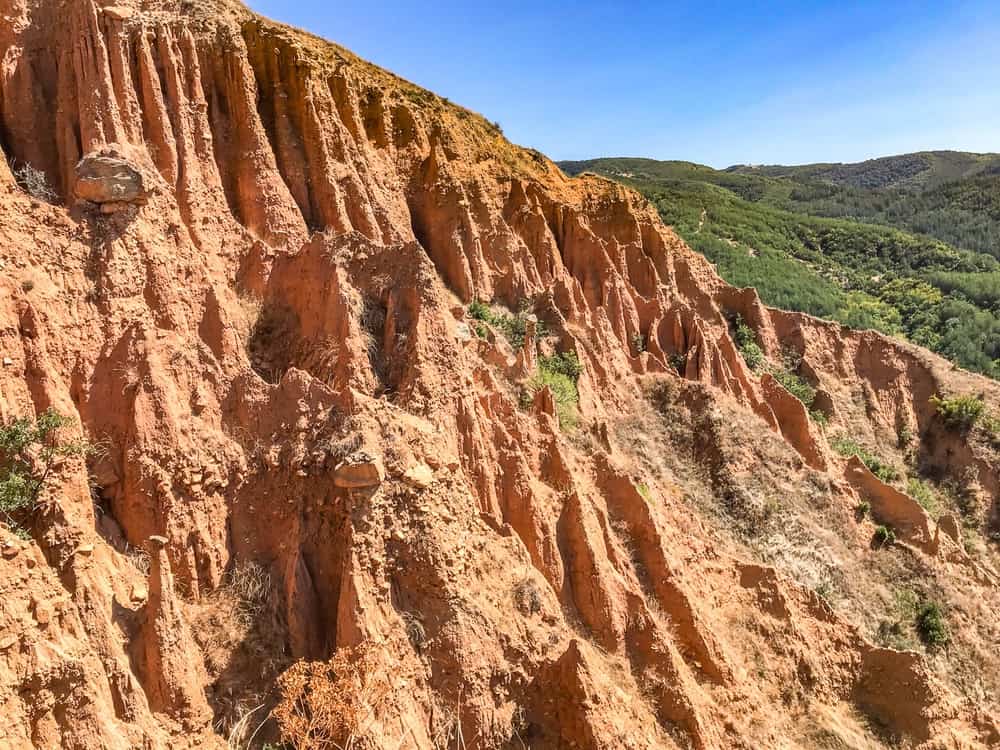
70% of rosewater is produced in Bulgaria. So, if you go there in spring, you’ll see the rose fields in bloom and can visit a rosewater distillery to learn about the making of this product.
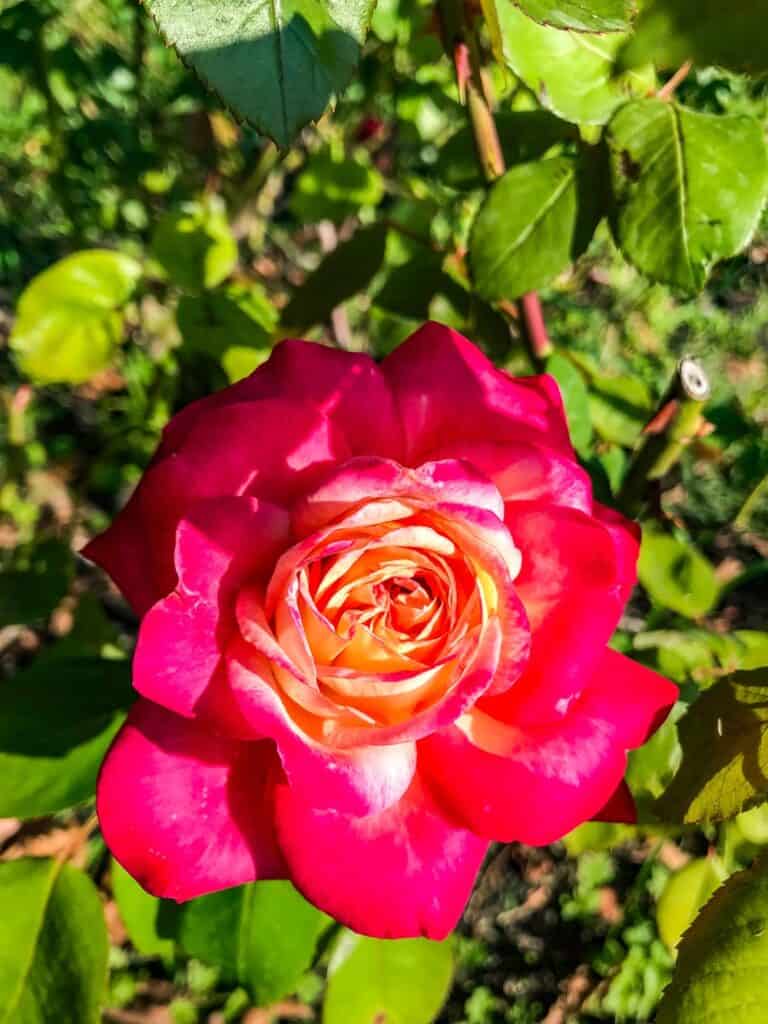
What’s more, Bulgaria’s wine production is second to none in terms of quality. Each region cultivates its own typical grape varieties, and it’s a pleasure to discover them, and to move away from the traditional grapes that are found internationally.
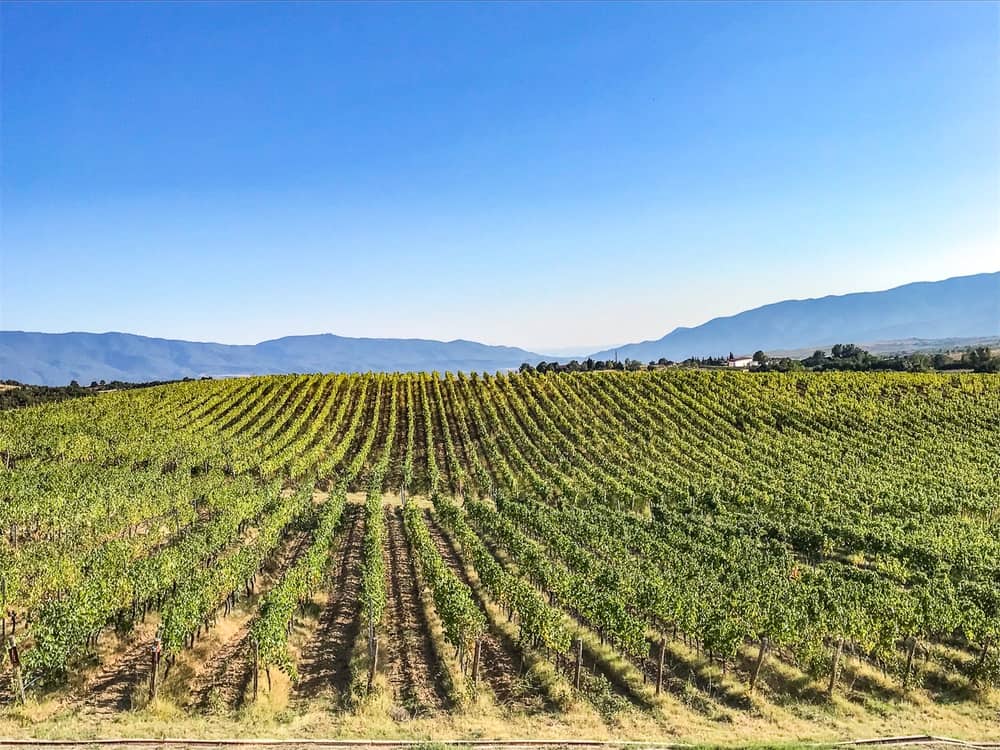
In terms of historical sites, you can visit numerous monasteries, museum villages and ancient ruins.
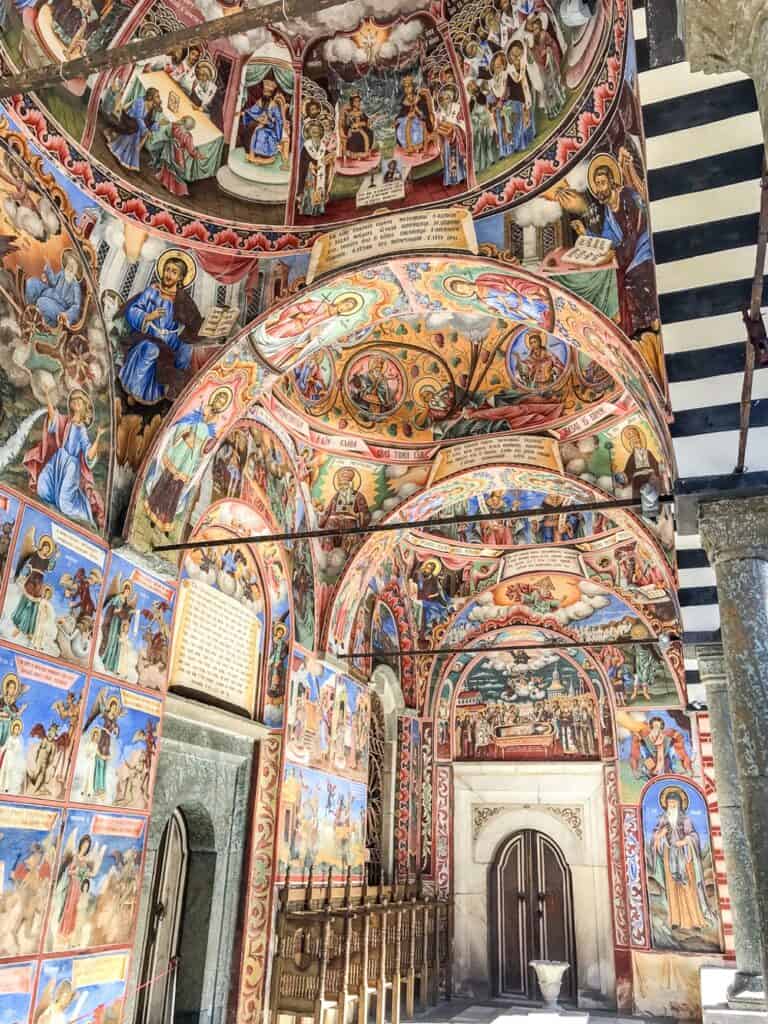
Travel in Bulgaria - The country's cities :
Sofia
Chances are you won’t be spending most of your trip here. The austere Bulgarian capital is a good starting point for refueling before hitting the road. In just a few hours, you’ll surely have covered all the main attractions, which are all within walking distance. The Free Sofia Tour is a good option for seeing the city’s points of interest, accompanied by explanations and anecdotes about the country.
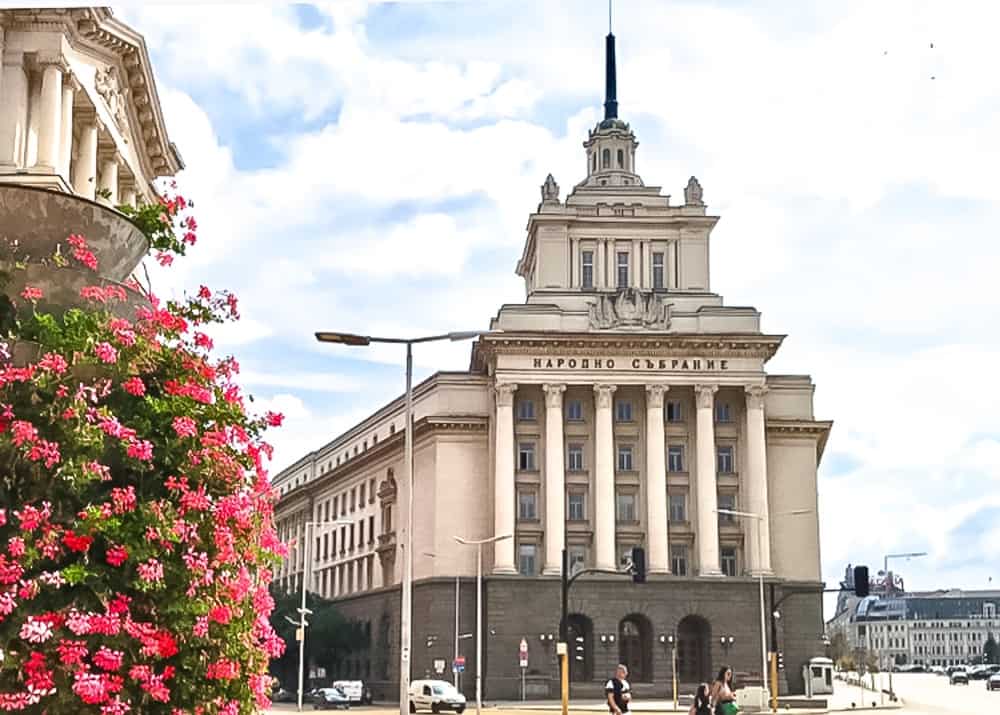
I can’t leave out the gastronomic experience at Secret by Chef Petrov. If there was only one thing I could recommend, it would be this. Just a dozen guests a night, a 22-course tasting menu, and nothing less than a three-hour culinary show, packed with stories of ancient cooking techniques and molecular cooking experiments hosted by the chef himself.
If you’re only here for 2-3 days, you can reach the Rila Monastery from Sofia by public transport or with a tour operator. Perched in the mountains, it’s the country’s number-one attraction. Another popular day tour is the magnificent Seven Lakes Hike.
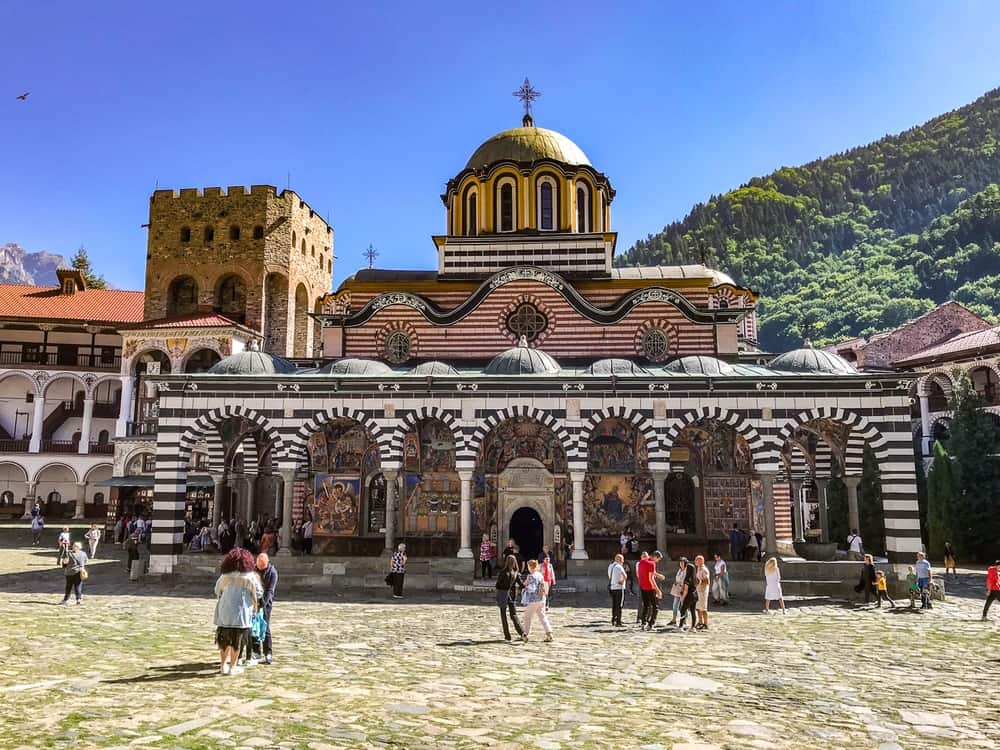
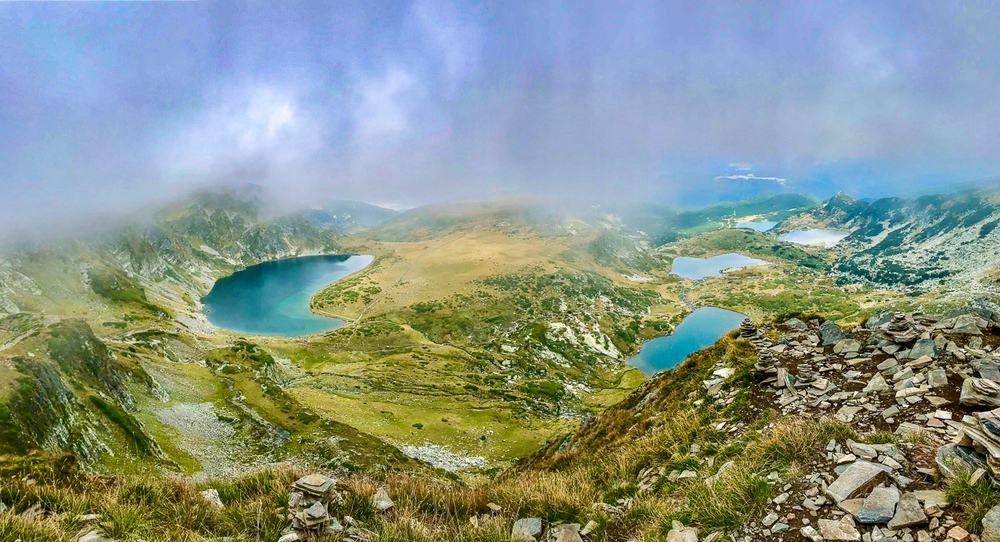
Plovdiv
Often referred to as the country’s most beautiful city, Plovdiv is a must-see. Take a stroll through the old town, or marvel at the colorful buildings of its bustling downtown. Even on a Monday evening, the terraces were full. You’ll also appreciate the green parks and hills that give you a view of the city. There are several vineyards around Plovdiv.
Melnik
As Bulgaria’s smallest village, it is known not only for its wine production, but also for the extraordinary landscape of rock and sand formations that surround it. The center is within walking distance, and is full of restaurants and B&Bs. You can go hiking in the Melnik pyramids, or visit historic houses.
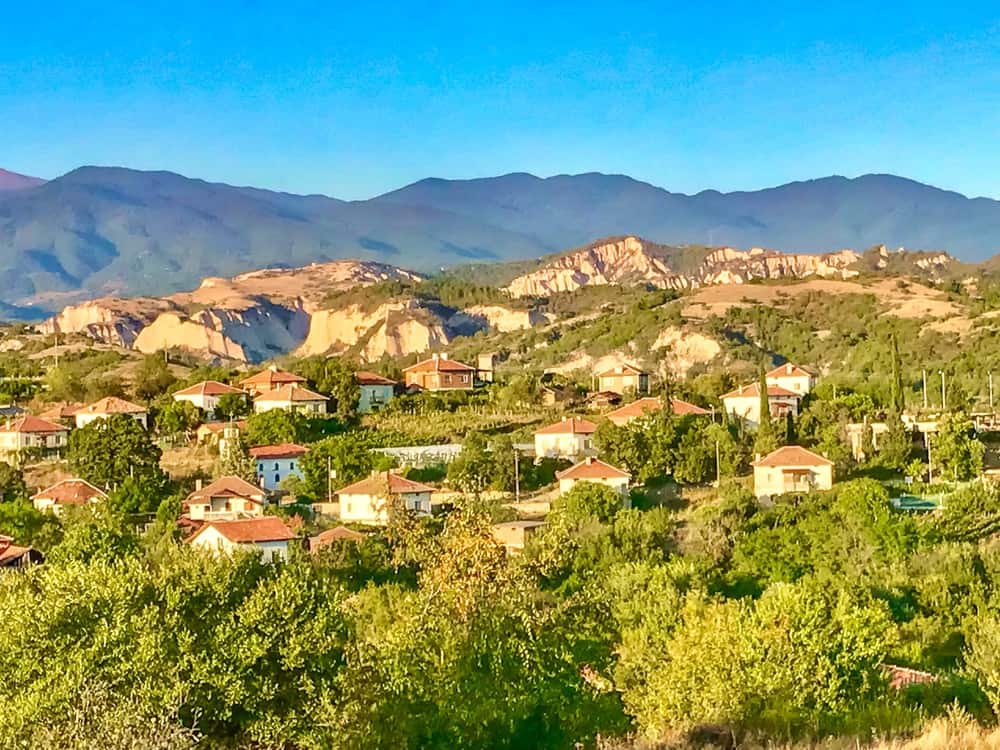
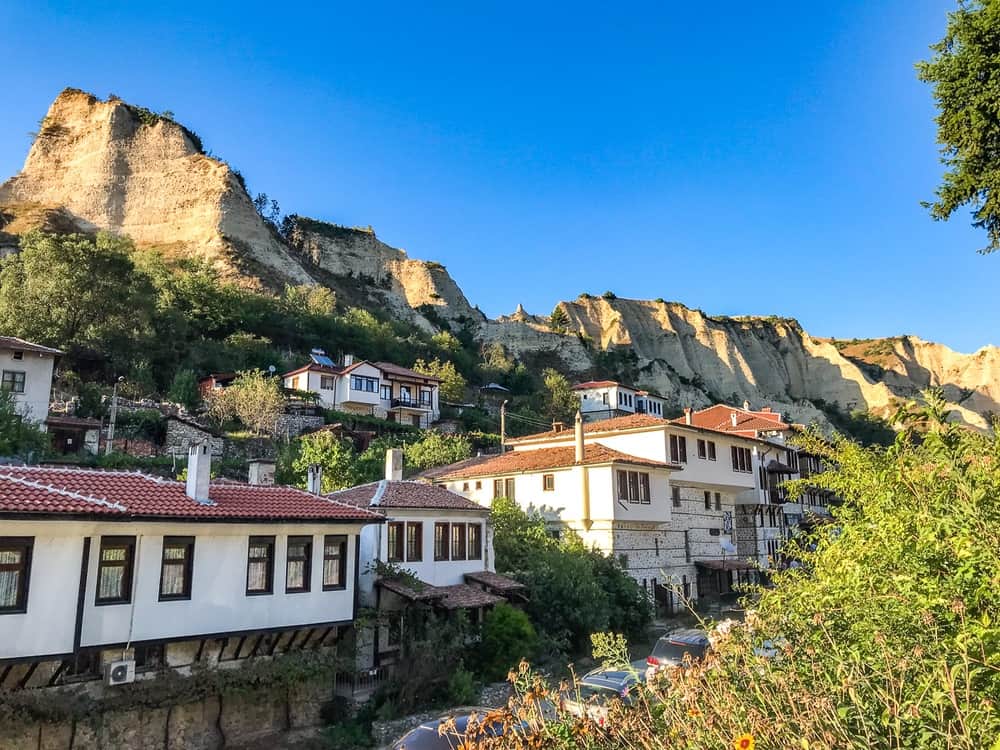
Bansko
A ski village that turns into an outdoor base for hikers storming the Pirin National Park. The popular ascent of Mount Vihren is accessible from Bansko, as is the spectacular traverse of the rocky Koncheto ridge. There are trails for all levels, suitable for family outings and thrill-seekers alike. To reward yourself after the effort, end the day in one of the many thermal baths in the nearby village of Banya.

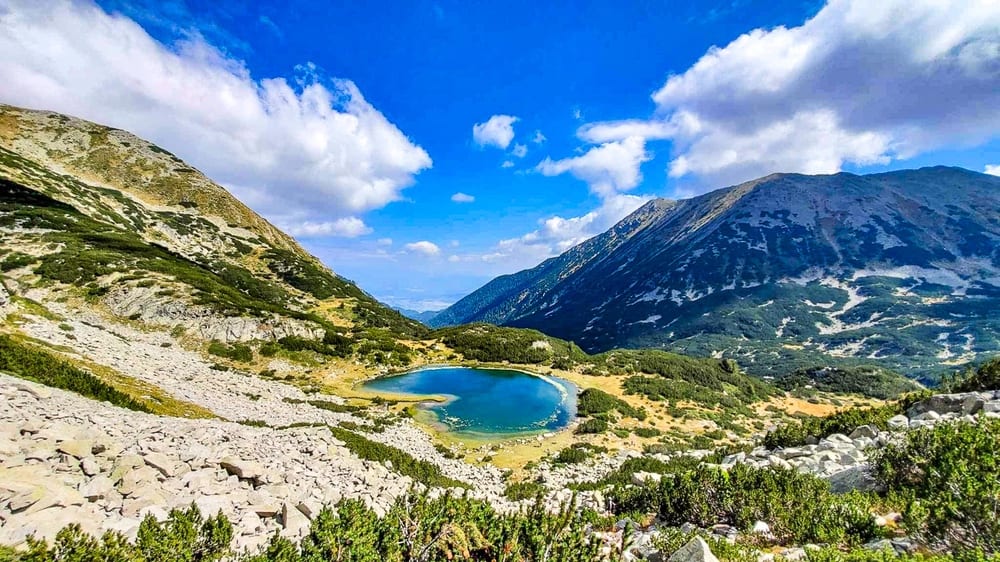
Varna
The country’s second-largest city, Varna sits enthroned on the Black Sea coast. A university town, it is lively beyond the summer season. From culture to magnificent monuments, offering beaches right in the city center, this is a destination that can’t disappoint. Move away from its center if you prefer quieter beaches and apartments with sea views at ridiculously low prices. It’s the perfect place to go out and find a good little café or quality restaurant after spending the day relaxing on the beach.
For nearby excursions, stop off at the Petrified Forest to observe 50-million-year-old rock columns, unless you’d prefer to visit Baltchik Palace and taste Bulgarian wines.
Sozopol
Coastal town for holidaymakers. It is built on a peninsula in the same way as the town of Nessebar. Both have an old part with traditional wooden fishermen’s houses.
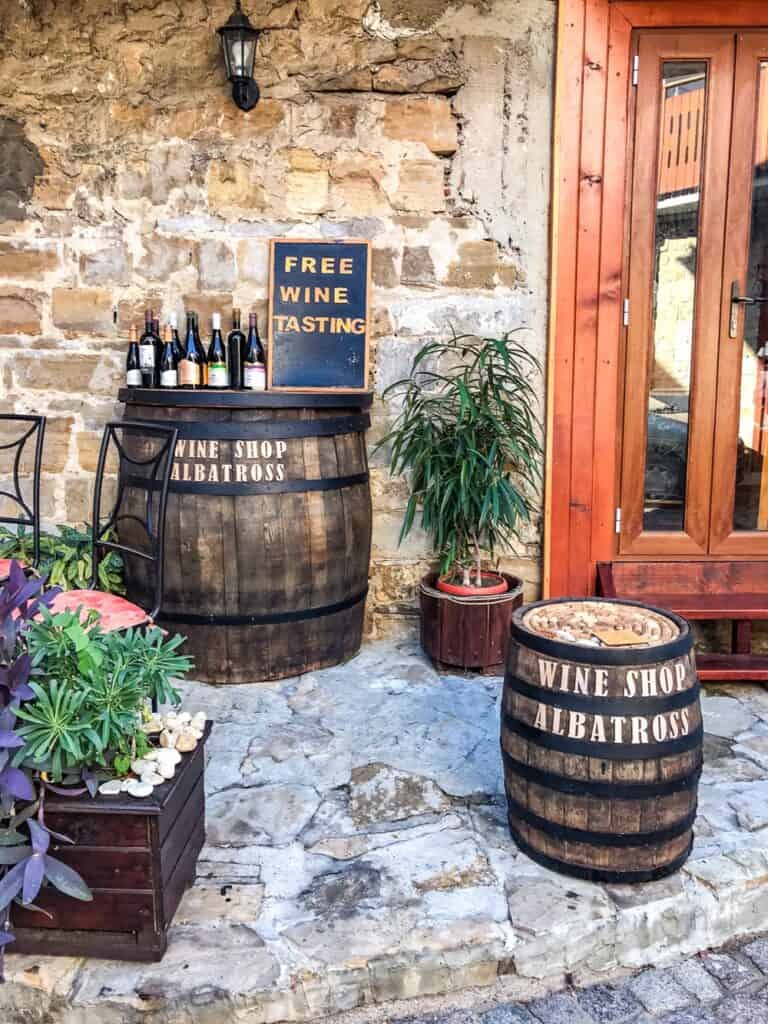
Nessebar has made a name for itself in UNESCO, but in my eyes, Sozopol is prettier. Wander through the stone streets and enjoy the cliffside terraces overlooking the turquoise-blue sea. You’ll probably end up with your feet in the sand at the nearby beach.
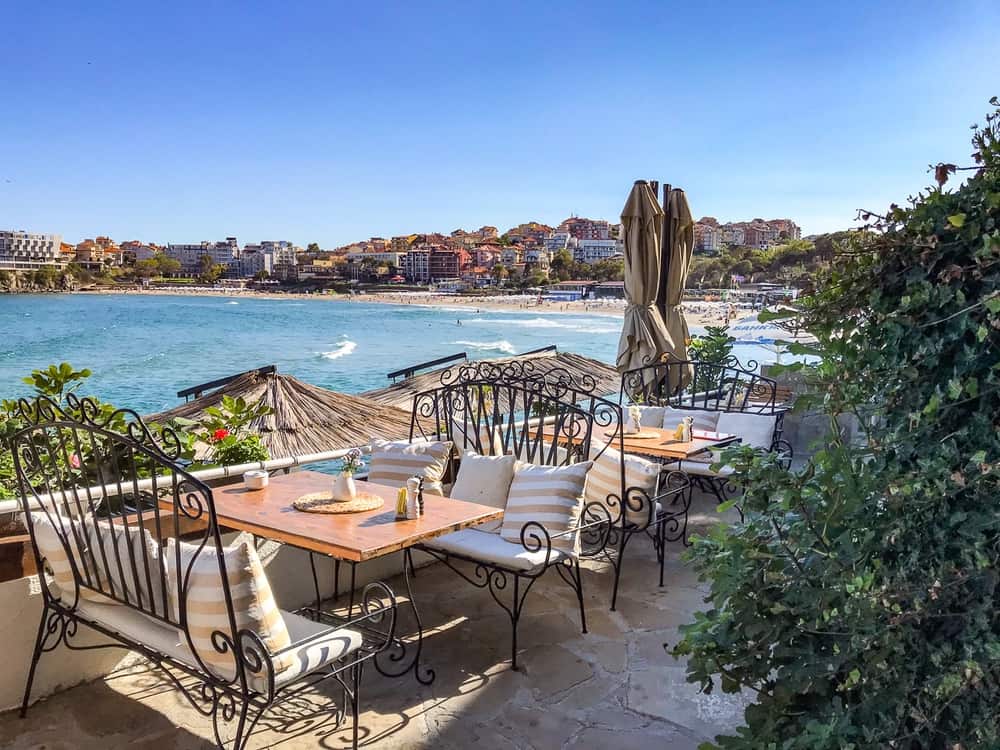
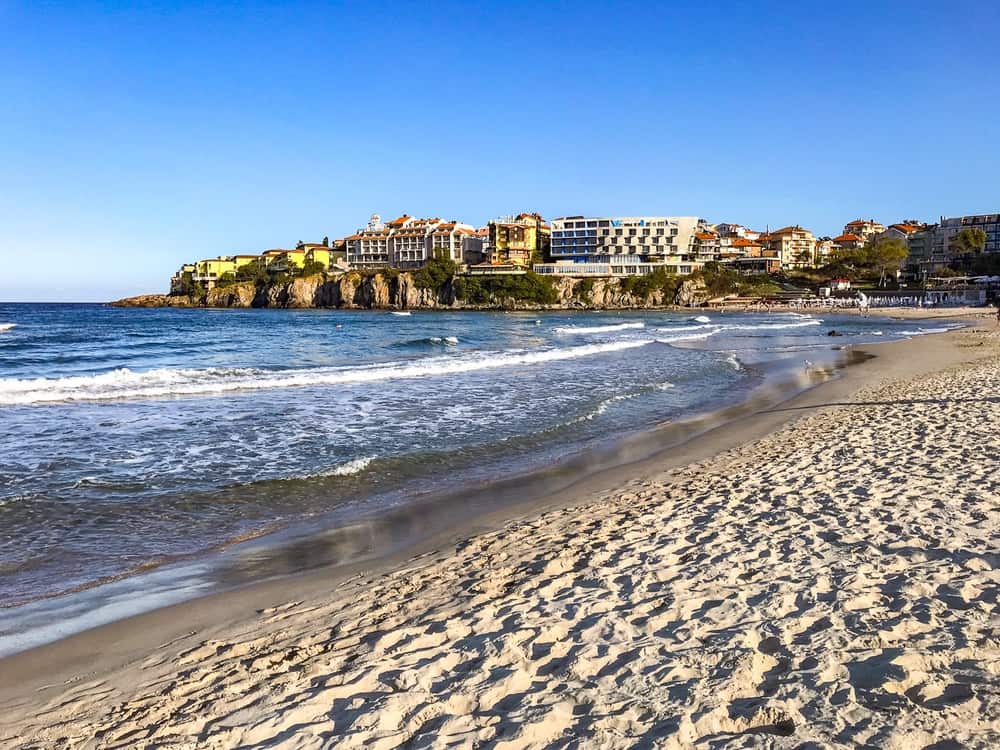
Veliko Tarnovo
If you like the look of multi-storey villages, you’ll love Veliko Tarnovo. The meandering Yantra River completes the magnificent picture of the city. The main attraction of this town, which is one of the oldest in the country, is its magnificent medieval fortress built in the 12th century. Imposing, it is surrounded by ramparts onto which a sound and light show is projected a few days a week.
Bottom Line
In conclusion, Bulgaria is a safe and easy destination to travel to. The variety of activities and freshly-prepared cuisine means there’s something for everyone. Economical: you won’t have to tighten your belt because everything there costs half as much as it would here. If you dare to venture off the beaten track, you’ll be in for a real treat.
